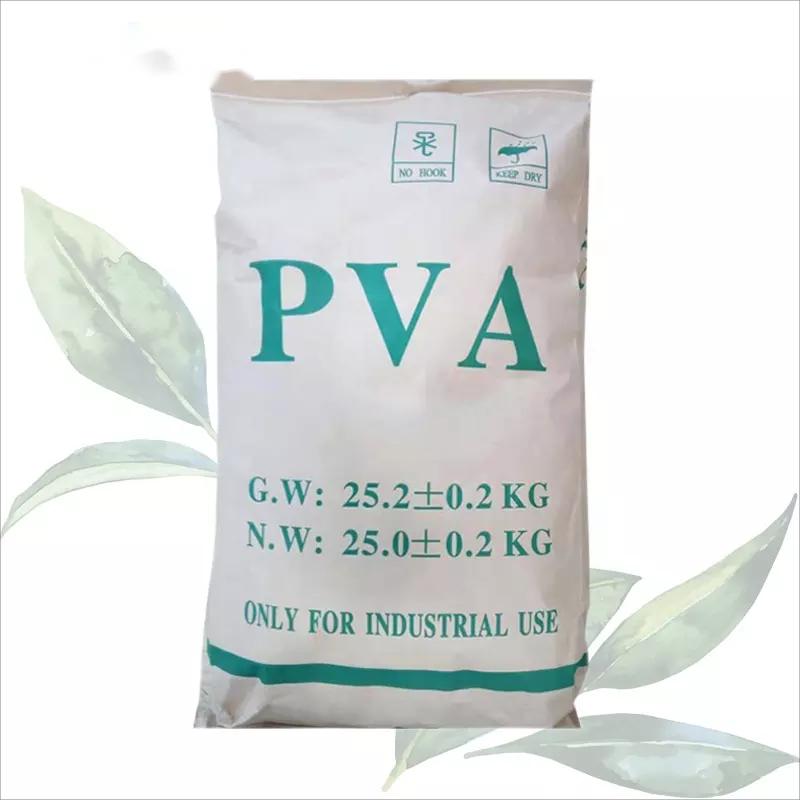Understanding HPMC Methylcellulose and Its Applications
Hydroxypropyl methylcellulose (HPMC) is a cellulose-based polymer that has garnered significant attention across various industries due to its unique properties and versatility. It is a non-ionic, water-soluble polymer that is derived from natural cellulose. HPMC has become integral in fields ranging from pharmaceuticals to food and construction to cosmetics, primarily because of its thickening, binding, and film-forming capabilities.
Composition and Properties
HPMC is synthesized through the chemical modification of cellulose obtained from plant sources, such as wood pulp or cotton. The modification involves the introduction of hydroxypropyl and methoxy groups into the cellulose backbone. The resulting product exhibits a myriad of valuable characteristics, including heightened water solubility, thermal stability, and the ability to form viscous solutions at varying concentrations.
One of the remarkable properties of HPMC is its temperature sensitivity. Unlike many other gums and thickeners, HPMC does not gel upon heating, making it exceptional for applications requiring a stable consistency at a range of temperatures. Additionally, HPMC exhibits pseudo-plastic behavior, meaning that its viscosity decreases under shear stress, which is particularly useful in formulations that require easy application or spreadability.
Applications in Pharmaceuticals
In the pharmaceutical industry, HPMC is widely utilized as an excipient. It plays a crucial role in drug formulations by acting as a binder in tablet manufacturing and as a coating agent. The ability of HPMC to form a protective film around active pharmaceutical ingredients helps in controlling the release profile of drugs. This is especially beneficial in controlled-release formulations, where it can help prolong the duration of action of medications.
Moreover, HPMC is often used in the production of hydrophilic polymers for ophthalmic solutions and eye drops. Its ability to retain moisture while providing viscosity enhances the performance and comfort of these preparations. Patients benefit from HPMC's compatibility with the ocular surface, minimizing irritation while ensuring effective delivery of therapeutic agents.
hpmc methyl cellulos

Role in Food Industry
In the food sector, HPMC acts as a thickening agent, emulsifier, and stabilizer. It is frequently used in gluten-free formulations to improve texture and moisture retention. Its water-binding properties help in enhancing the shelf-life of products by preventing drying and maintaining quality over time. HPMC is also utilized in processed foods to provide a desirable mouthfeel and improve the overall eating experience.
Furthermore, HPMC serves as a low-calorie alternative to traditional fats and oils in food formulations. As consumers increasingly seek healthier options, the demand for such substituents is rising. With HPMC, manufacturers can create creamy textures without the addition of excess calories, providing satisfied consumers with nutritious and indulgent choices.
Applications in Construction and Personal Care
Beyond food and pharmaceuticals, HPMC is commonly employed in the construction industry. It is a critical additive in formulations for cement, tile adhesives, and other building materials. Its workability enhancement and water retention properties ensure better adhesion and extend the open time for these materials.
In personal care products, HPMC finds applications in lotions, creams, and gels. Its thickening properties aid in achieving the desired consistency without affecting the sensory attributes of the final product. Additionally, HPMC is compatible with a variety of ingredients, allowing for its incorporation in diverse formulations, from hydrating serums to cleansing products.
Conclusion
Hydroxypropyl methylcellulose (HPMC) emerges as a multifunctional polymer with a wide array of applications across various industries. Its unique properties, including versatility, compatibility, and stability, make it an invaluable ingredient in pharmaceutical formulations, food products, construction materials, and cosmetic formulations. As innovation continues to progress, HPMC will likely play an even more significant role in developing future products that meet the evolving needs of consumers and industries alike. With ongoing research and development, the potential of HPMC appears limitless, making it a cornerstone in modern formulations.




